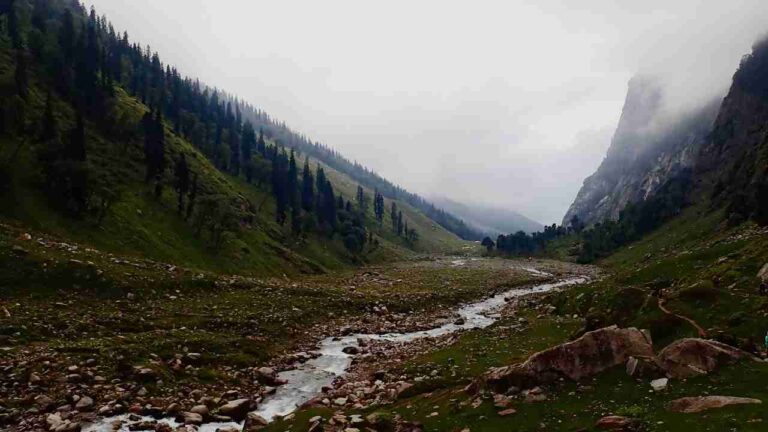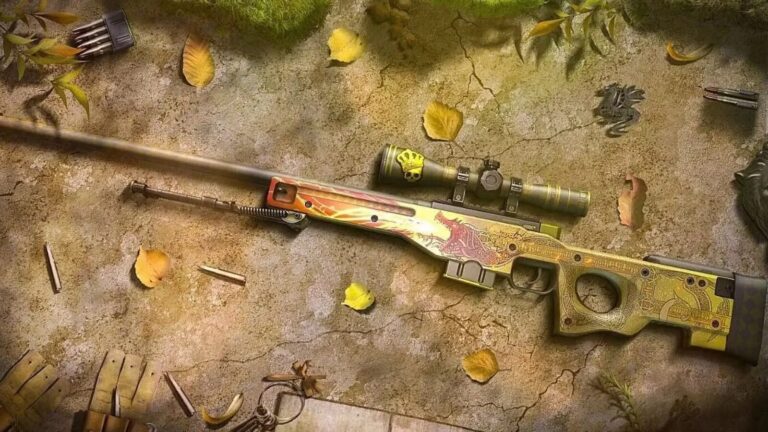Oil, an important resource for the whole world, starts an amazing trip before it powers our daily lives. Understanding the complicated steps needed to make oil shows how complicated this important energy source is.
Let’s look at the different steps of making oil, from exploring deep below the Earth’s surface to turning it into goods that can be used.
Exploration and Drilling
The search for oil starts with exploration, where skilled geologists carefully look at rock layers to find places that might be oil-rich. In this first step, seismic readings and test well drilling are done to see if there are oil reserves.
As soon as it is confirmed, the drilling part starts. Huge rigs drill deep into the Earth’s layers, sometimes up to thousands of feet, to reach the oil reserves.
Geologists can use geophysical technologies to map out underground structures. This helps them find the best places to look for oil.
Extraction and Well Completion
As soon as the drilling rig hits the oil reservoir, the extraction process begins. Special tools like pumps and pressure systems are used to get the crude oil out of the ground.
The well is then finished by cementing and closing the wellbore to ensure the oil is extracted efficiently and to keep oil spills from harming the environment.
Modern extraction processes have evolved to optimize oil recovery while minimizing environmental concerns.
Transportation
A well-organized transport network is needed to move oil from where it is produced to refineries. Pipelines, often the main way people get around, carry huge amounts of oil over long distances through underground tunnels. Trucks and tankers can go shorter routes or to places that pipelines can’t reach.
Effective transportation networks are essential for supplying crude oil to refineries and final consumers over large geographic regions. This supports a multitude of oil and gas jobs throughout the supply chain.
Refining
At the refinery, crude oil goes through a very complicated process to make it better. As part of this process, crude oil is heated to split into different parts, such as gasoline, diesel, and jet fuel.
Cracking and treatment are steps to improve these parts until they are high-quality goods that meet strict standards. Different grades of oil products are made to meet the needs of different industries and consumers using advanced refining methods.
Distribution and Consumption
After being refined, oil goods are sent to different places. These goods are sent to gas stations, airports, and workplaces so people can use them.
Products made from oil are essential to keeping our modern world running. They power transportation and are used as raw materials in many businesses.
Oil-based goods are used in many different industries, from transportation to manufacturing, which affects our daily lives.
Environmental and Future Considerations
Even though oil is still the main energy source, worries about how it affects the environment are pushing people to look for other, cleaner energy sources.
It is important for everyone involved in the oil production chain, from drilling to using the oil, to use sustainable methods To protect the climate and lower carbon emissions. Renewable energy innovations offer good alternatives, leading to a change for a more sustainable energy environment.
Takeaway
The process of oil going from being found underground to being used in many different areas is complicated and advanced. Awareness of these steps makes responsible and environmentally friendly practices in oil production even more important.
A more sustainable energy future depends on finding cleaner energy sources and reducing the damage they do to the world.







